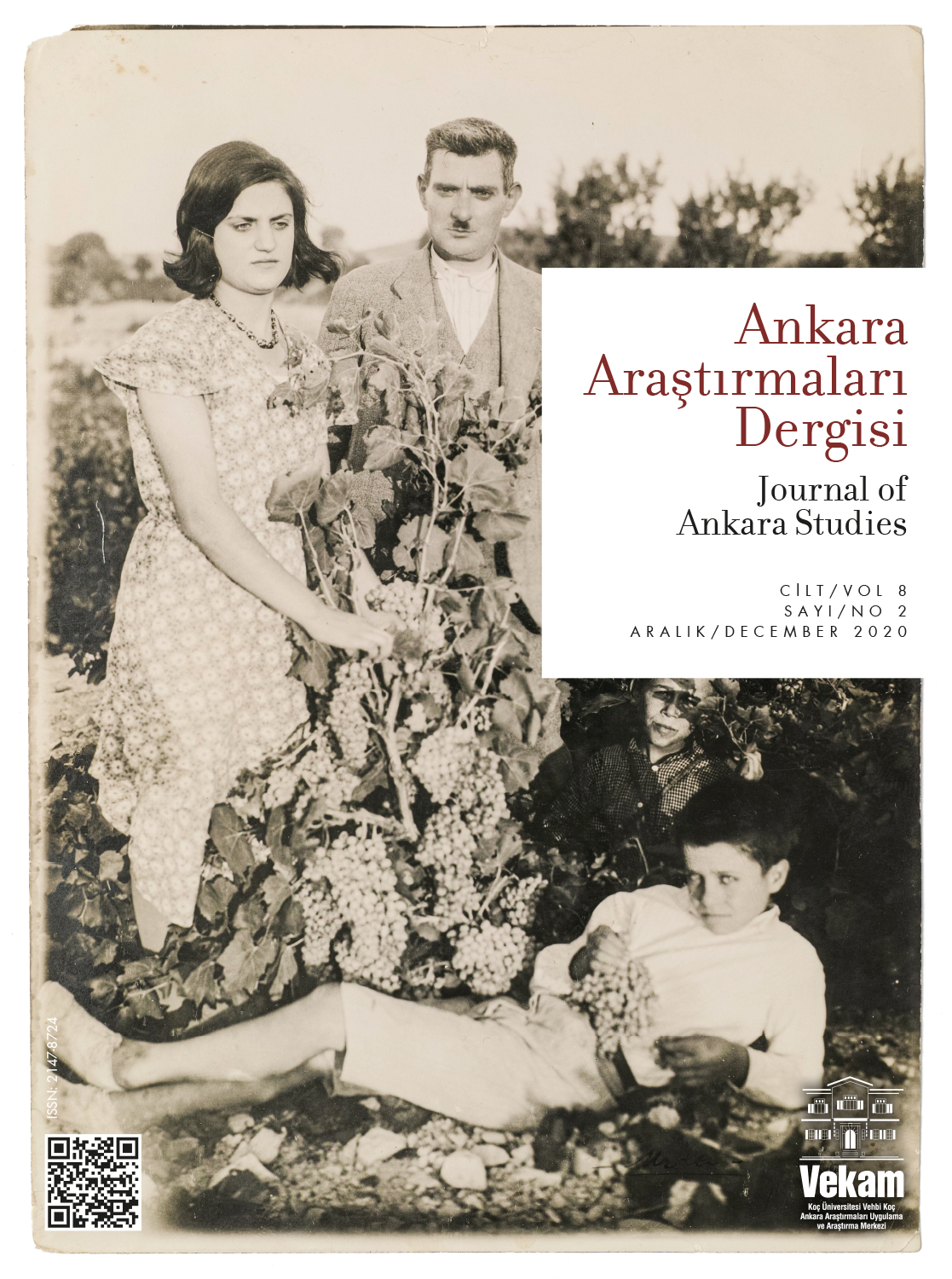Ankara’nın Azizi Martir Platon
Pınar Serdar DinçerBozok Üniversitesi, Fen Edebiyat Fakültesi, Sanat Tarihi Bölümü, Yozgat, TürkiyeHristiyanlığın ilk dönemlerinden itibaren martirlik ve azizlikle ilgili inanç ve dinî pratikler oluşmaya başlamıştır. Özellikle Erken Hristiyanlık döneminin şartları bu ritüelleri belirlemiş ve tetiklemiştir. Hristiyanlığın ilk dönemlerinde inananlara karşı gerçekleştirilen zulümler onları çeşitli zorluklara ve işkencelere maruz bırakmıştır. Hristiyanlık karşıtlarının en büyük kolu olan pagan inancını sürdüren Roma İmparatorluğu mensupları, Paganizme karşı tüm dinî hareketleri şiddetle bastırmaya çalışmıştır. Baskılar ise Hristiyanların direncini artırmış ve Hristiyanlığın yayılmasına zemin hazırlamıştır. Ancak Hristiyanlar bu zulüm karşısında inançlarını korumak için büyük fedakârlıklar yapmışlardır. Bununla birlikte bu şiddet ortamı dinî kahramanlar yaratmış ve söz konusu kahramanlar kendilerini Tanrı yolunda kurban ederek Tanrı kutsallığına şahitlik / martirlik etmişlerdir. İnananlar kutsal saymaya başladıkları martirlerin hatıralarını yaşatmak için geride bıraktıklarını da kutsal sayarak yüceltmişlerdir.
Bu çalışmanın konusu olan Erken Hristiyanlık döneminde yaşamış ve kültü yüzyıllarca yaşatılmış Galatia’nın en önemli azizlerinden Aziz Martir Platon’dur. Aziz Platon yaşadığı dönemde zulümlere maruz kalmış ve daha sonra martirlik mertebesine ulaşmıştır. Çalışmada Aziz Platon’un hagiografik ve dönem kaynaklarındaki yeri ve Bizans resim sanatındaki örnekleri incelenmiştir. Aziz Platon’un 6. yüzyılın sonundan 14. yüzyıla kadar ikona, röliker, duvar resimleri ve el yazmalarında tasvirleri olduğu tespit edilmiştir. Sonuç olarak temsillerinin çok fazla olmamasına karşın, var olan örneklerde hagiografik ve dönem kaynaklarının izlenmesinin yanı sıra dönem ve bölgeye ait üslup özelliklerinin de bulunduğu görülür.
Anahtar Kelimeler: Aziz Platon, Martir, Martirium, Hagiografik tasvir, Bizans dönemi, Resim sanatı, Ankara
Saint Plato, the Martyr of Ankara
Pınar Serdar DinçerBozok Üniversity, Faculty of Science and Literature, Department of Art History, Yozgat, TurkeyBeliefs and religious practices related to martyrdom and sainthood have existed since the first periods of Christianity, and the nature of these practices was formed by the conditions of the Early Christian period in which believers were persecuted and subject to hardship and torture. During this time, the practicioners of Paganism, which was the most prevalent religion of the Roman Empire, violently suppressed all other religious movements. However, this repression only increased the resolve of these early Christians, who often made great sacrifices to protect their faith in the face of persecution, and thus paved the way for the subsequent spread of Christianity. Furthermore, this environment of persecution facilitated the creation of martyrs who sacrificed themselves for whom they saw to be the one true and holy God. The items left behind by these martyrs became sacred relics for believers who glorified in their lives and strove to keep their memories alive.
The subject of this study is Saint Plato, one of the most important saints of Galatia, who the lived in the Early Christian period and whose cult endured for centuries. Saint Plato was subjected to persecution during his life and reached the level of martyrdom upon his death. This study considers the role of Saint Plato in hagiographic sources and examines how he was depicted in Byzantine paintings. Although there are not many examples of such representation, which include icons, relics, murals and manuscripts from the end of the 6th century to the 14th century, consideration of the hagiographic sources demonstrates clear differences in the style of depiction according to the period and the region.
Keywords: Saint Plato, Martyr, Martyrum, Hagiographic illustration, Byzantine period, Painting, Ankara
Makale Dili: Türkçe













